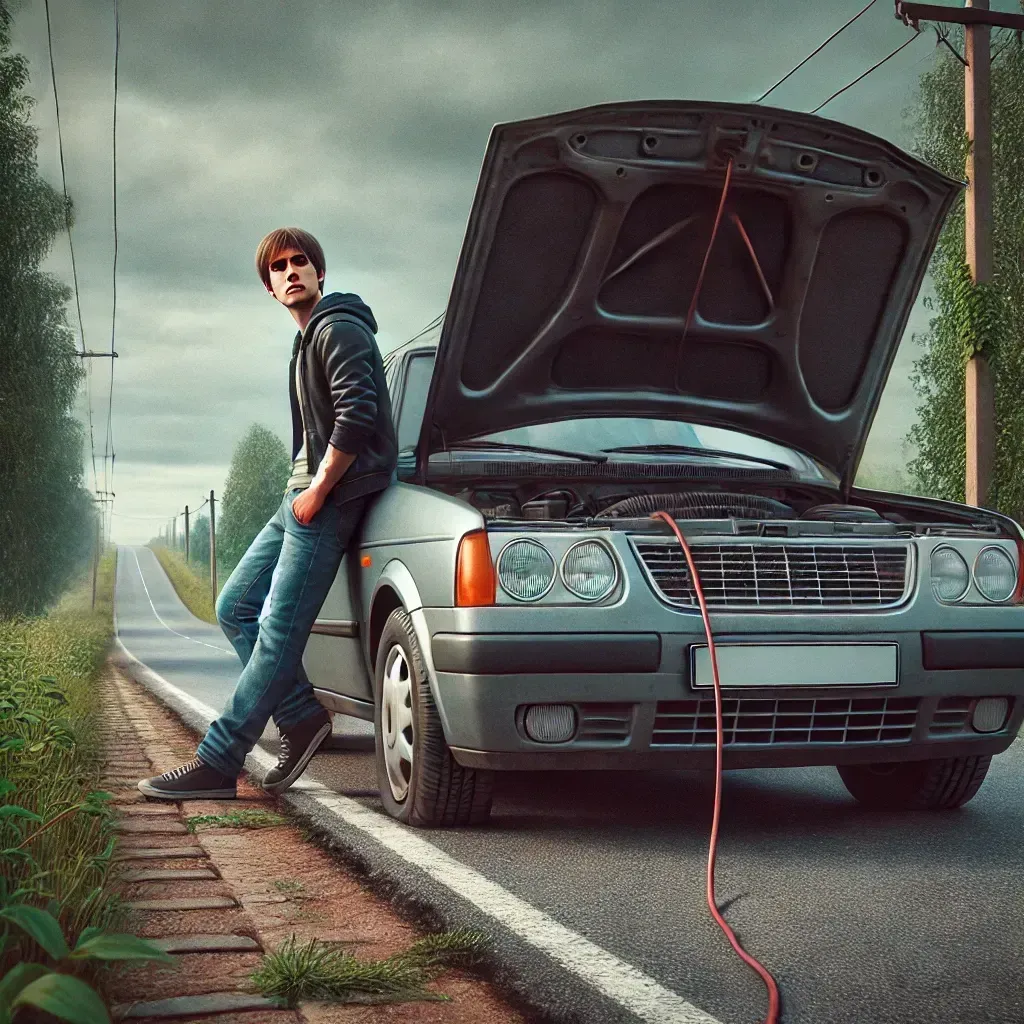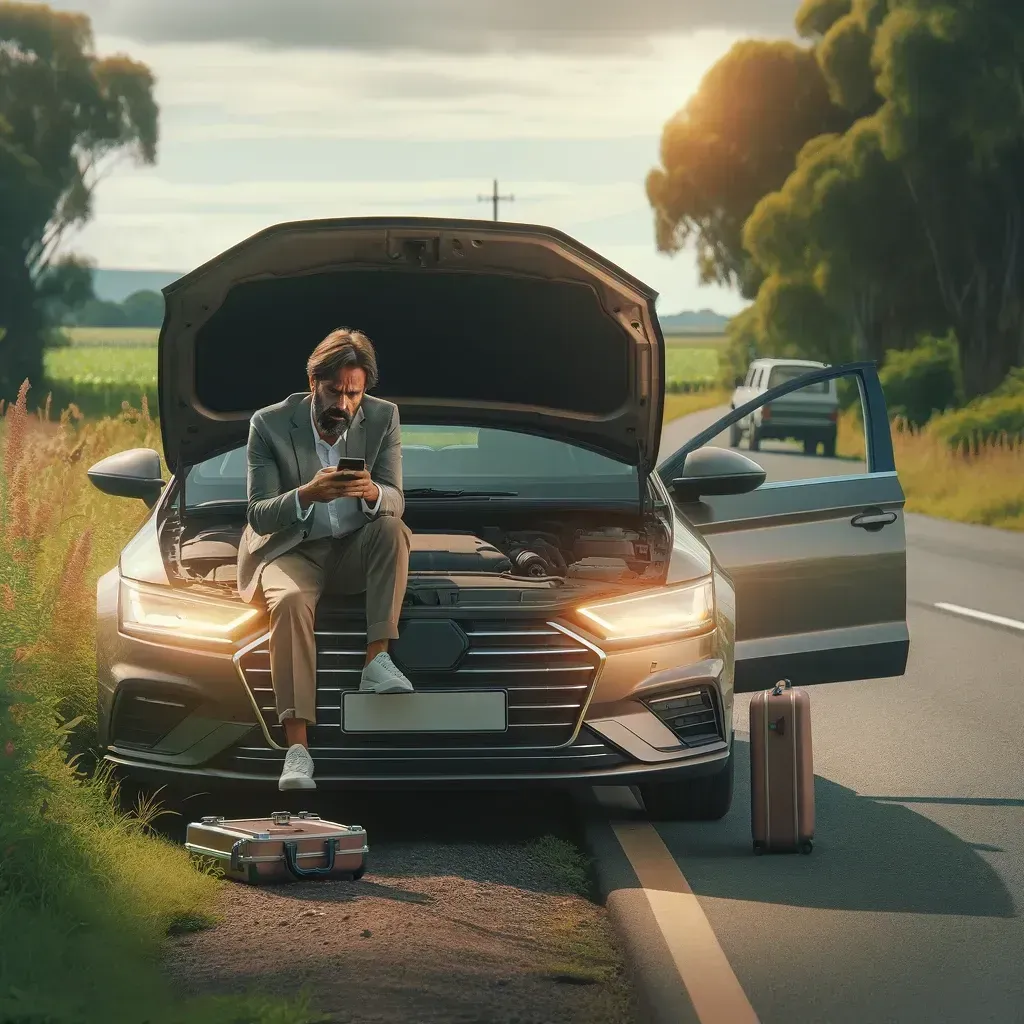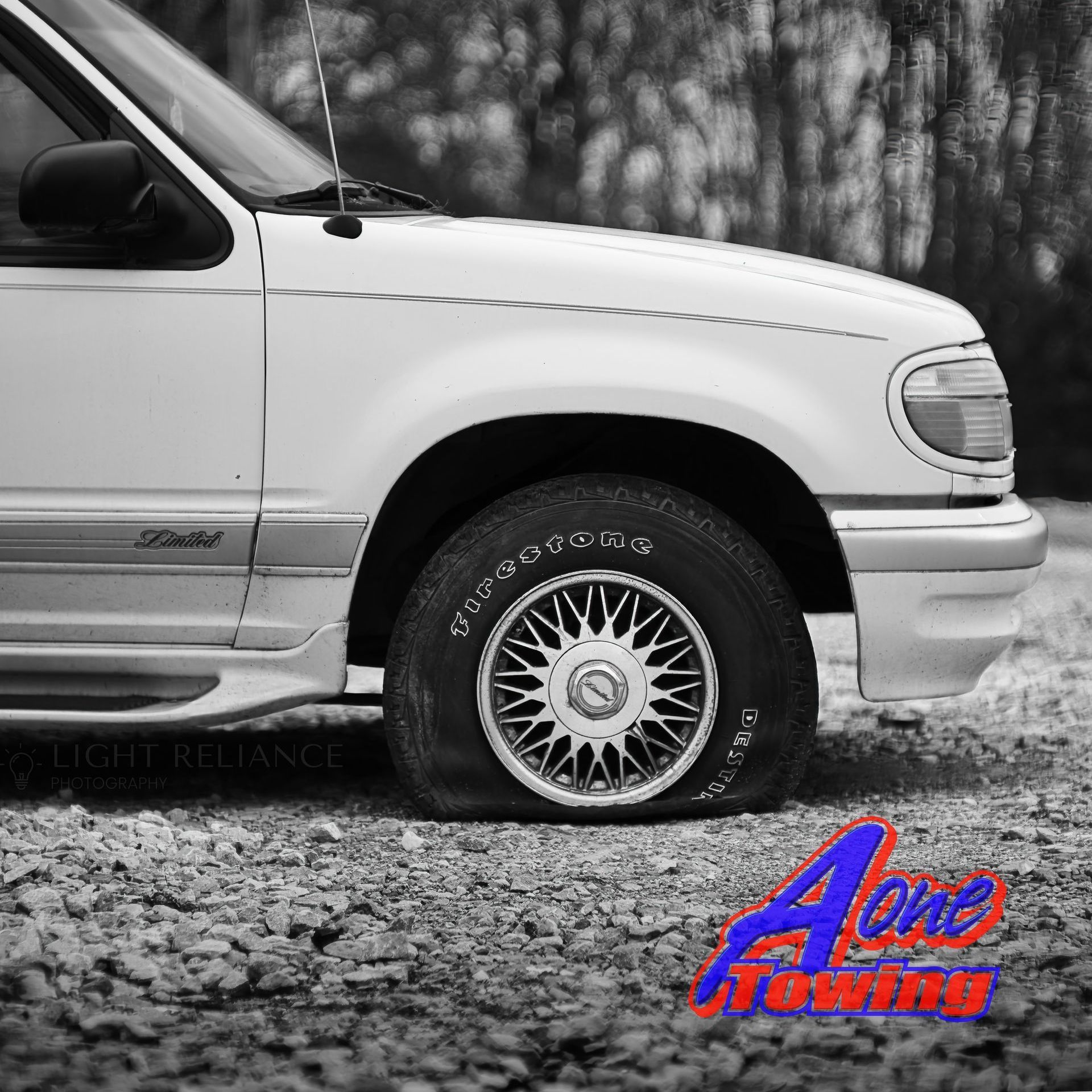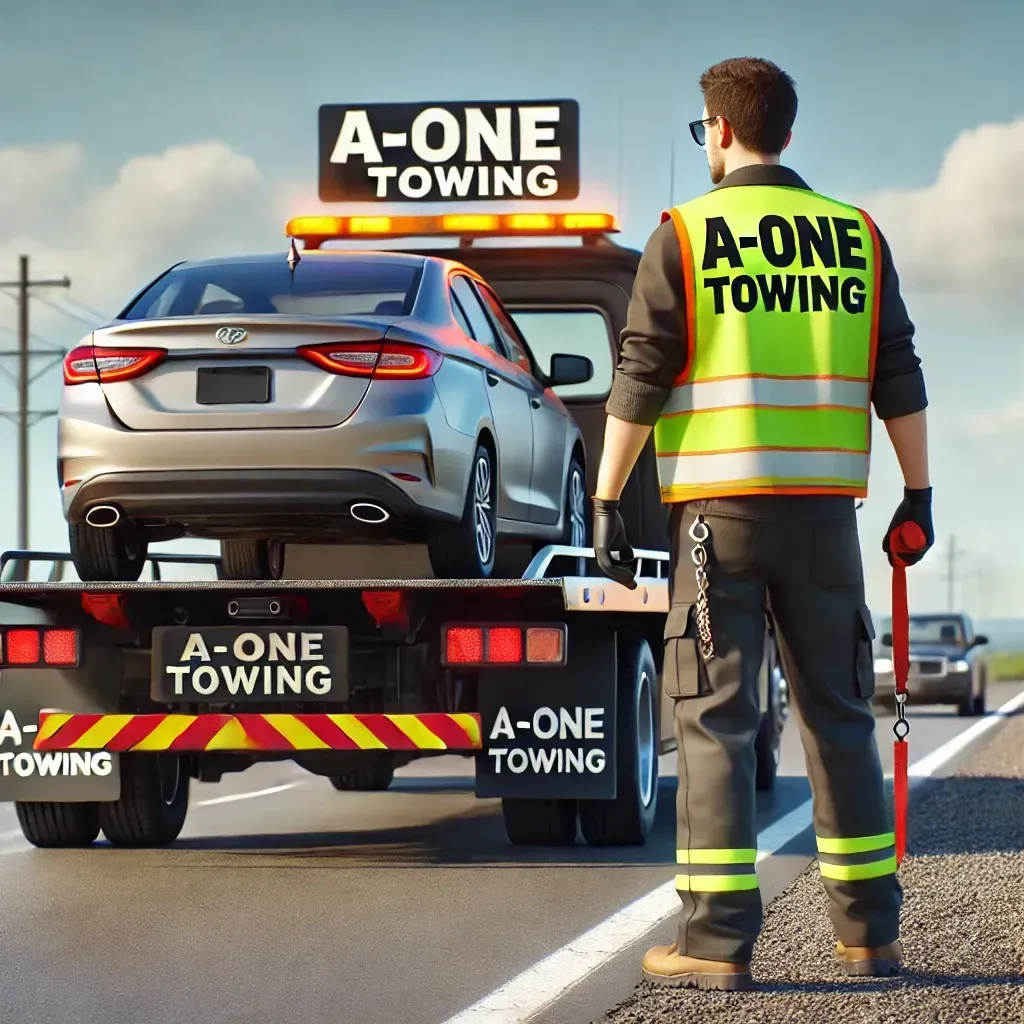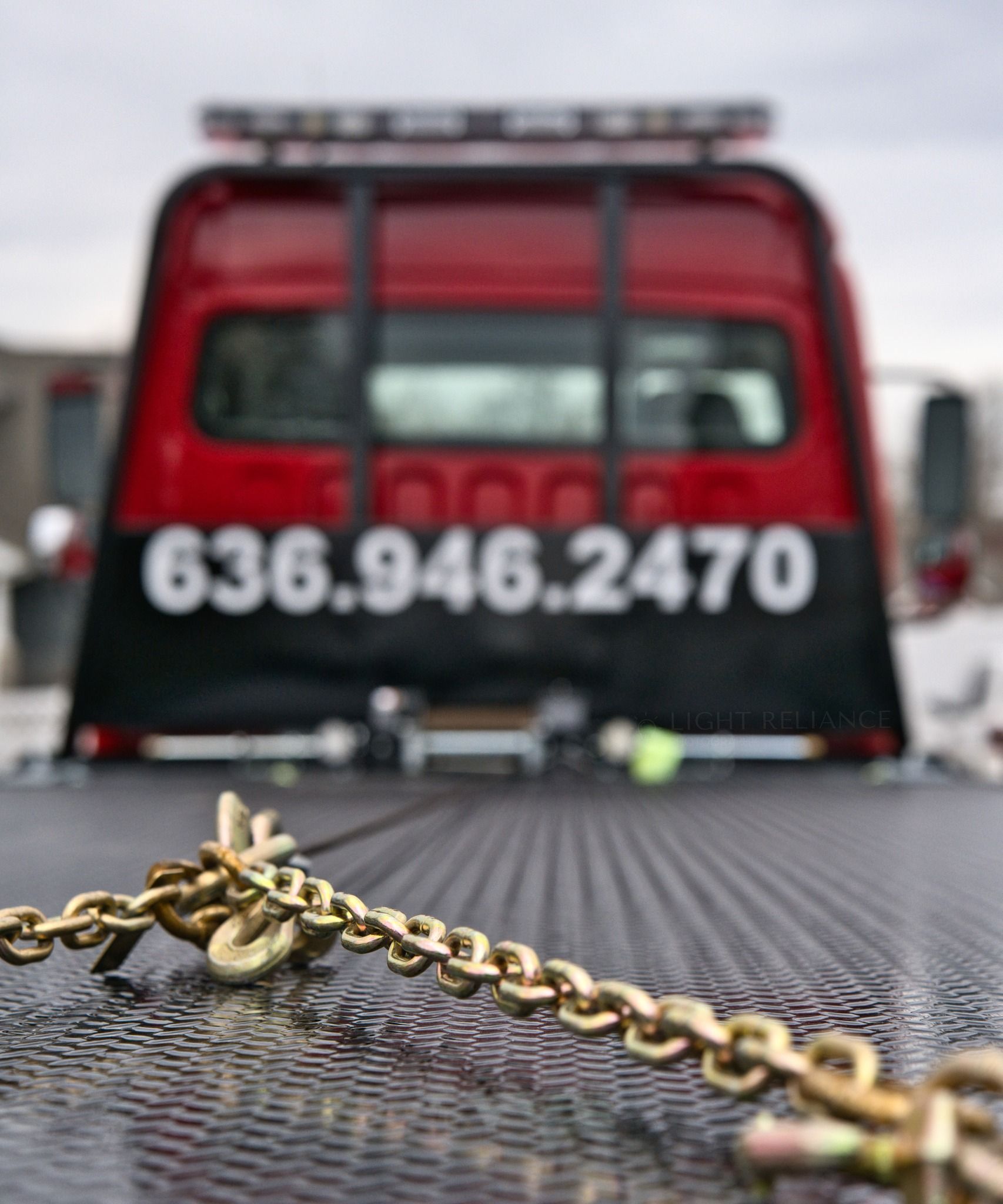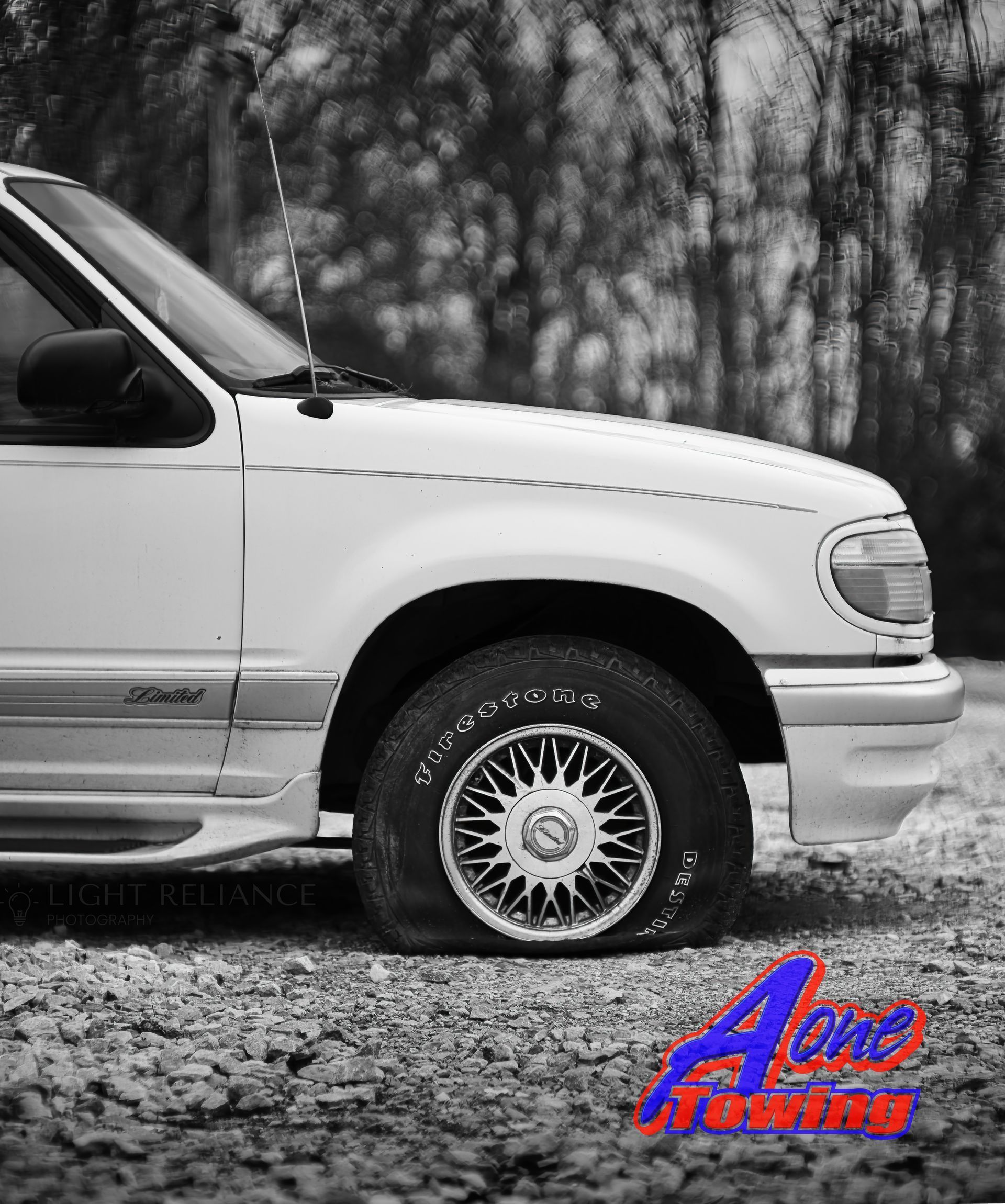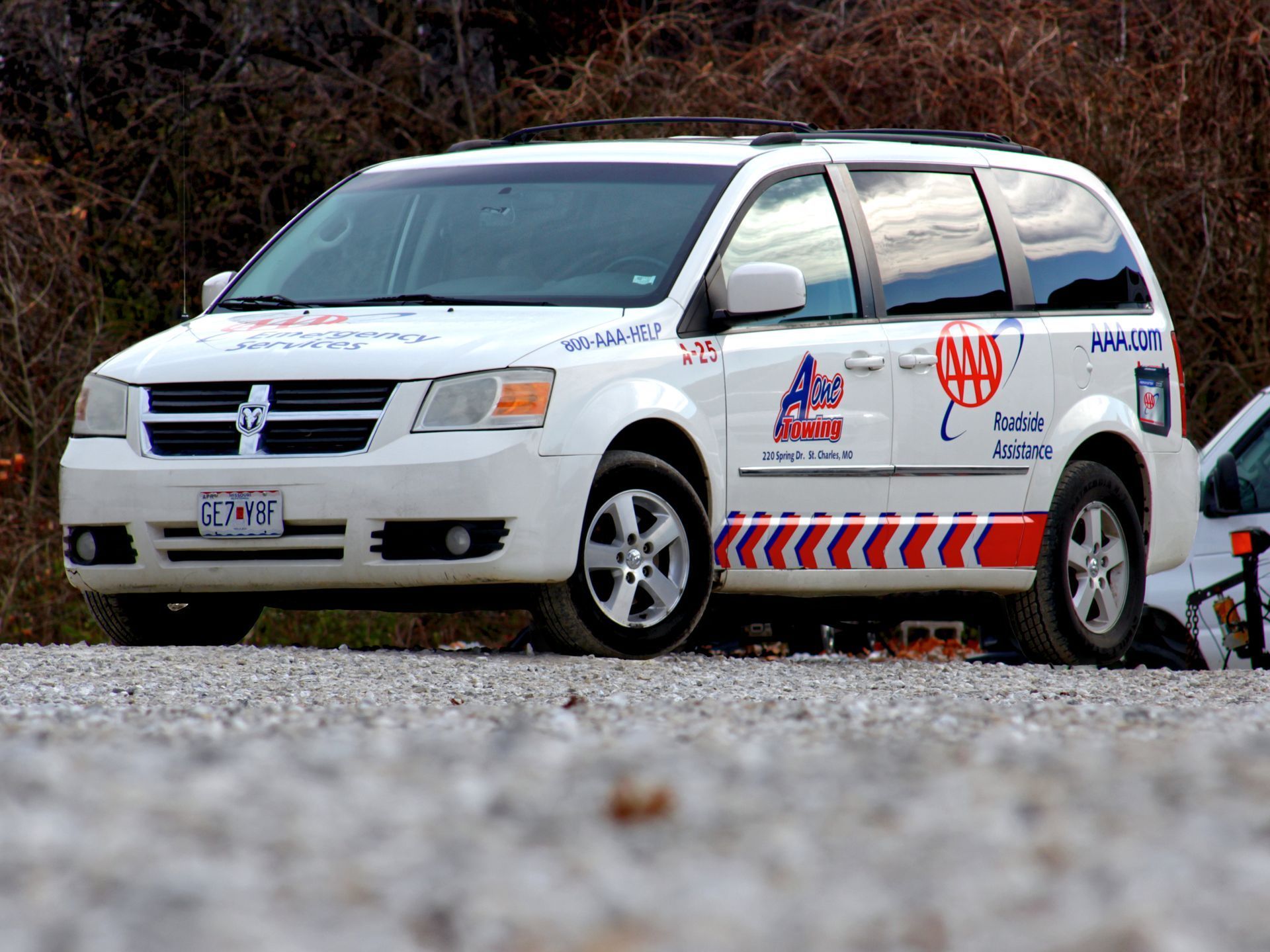Essential Summer Driving Tips: Stay Safe in the Heat
Essential Summer Driving Tips: Stay Safe in the Heat

Summer can be a challenging season for drivers. The scorching heat can take a toll on both your vehicle and your safety on the road. To help you navigate through these hot months without any issues, we’ve compiled a list of essential summer driving tips. By following these guidelines, you can ensure that your journeys are safe, comfortable, and trouble-free.
1. Check Your Vehicle’s Cooling System
One of the most critical aspects of summer vehicle maintenance is ensuring your cooling system is in top condition. Overheating is a common cause of breakdowns during the summer. Make sure your radiator is filled with the appropriate coolant mix and that there are no leaks. Regularly check the hoses for any signs of wear or cracks, and ensure the coolant reservoir is at the correct level. If you notice any issues, it’s best to address them promptly to avoid being stranded on a hot day.
2. Keep an Eye on Your Tires
High temperatures can cause the air inside your tires to expand, leading to over-inflation. Over-inflated tires can result in reduced traction, increased wear, and even blowouts. To prevent this, regularly check your tire pressure and ensure it matches the manufacturer’s recommendations. Also, inspect your tires for any signs of damage or uneven wear. Don’t forget to check your spare tire as well – it’s often overlooked but can be a lifesaver in an emergency.
3. Stay Hydrated and Keep Cool
Driving in hot weather can be exhausting and can lead to dehydration, which impairs your ability to focus and react quickly. Always keep a supply of water in your vehicle to stay hydrated, especially on long trips. Use sunshades to keep your car’s interior cooler when parked, and consider tinting your windows to reduce the amount of heat entering your vehicle. Wearing light, breathable clothing can also help you stay comfortable during your drives.
4. Plan for Emergencies
Even with the best precautions, emergencies can still happen. Make sure your emergency kit is stocked and up to date, including items such as a first aid kit, flashlight, batteries, reflective triangles, and jumper cables. Additionally, it’s wise to have a roadside assistance plan in place. Knowing you have reliable help available can provide peace of mind and ensure you’re prepared for any unexpected situations.
Summer driving doesn’t have to be stressful. By following these essential tips, you can keep your vehicle in good condition and enjoy safe travels throughout the season. Remember, proactive maintenance and preparation are key to avoiding potential issues on the road. Stay cool, stay safe, and enjoy your summer adventures!
Recent Posts
